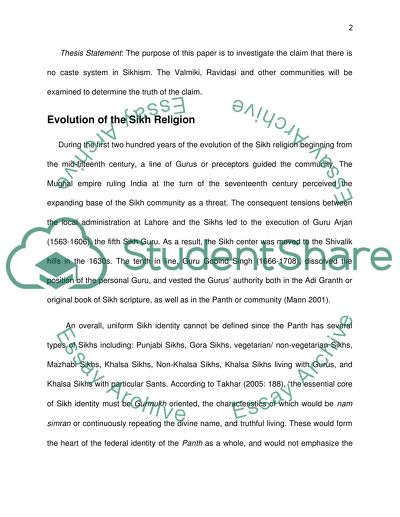Cite this document
(“Analyse critically the claim that there is no caste in Sikhism. Draw Essay”, n.d.)
Retrieved from https://studentshare.org/environmental-studies/1420511-ypanalyse-critically-the-claim-that-there-is-no
Retrieved from https://studentshare.org/environmental-studies/1420511-ypanalyse-critically-the-claim-that-there-is-no
(Analyse Critically the Claim That There Is No Caste in Sikhism. Draw Essay)
https://studentshare.org/environmental-studies/1420511-ypanalyse-critically-the-claim-that-there-is-no.
https://studentshare.org/environmental-studies/1420511-ypanalyse-critically-the-claim-that-there-is-no.
“Analyse Critically the Claim That There Is No Caste in Sikhism. Draw Essay”, n.d. https://studentshare.org/environmental-studies/1420511-ypanalyse-critically-the-claim-that-there-is-no.


